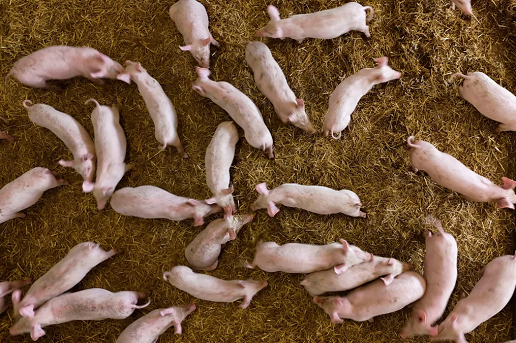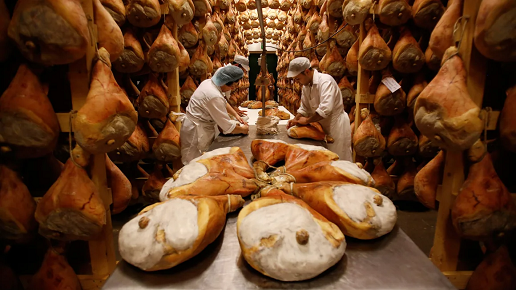Renowned for its exquisite taste, Parma ham, or Prosciutto di Parma, holds a special place in Italian culinary tradition. This delicacy, protected by strict guidelines, is crafted in Emilia Romagna using Italian pork legs, salt, and air. Annually generating $1.6 billion, Parma ham attracts food enthusiasts from around the globe, eager to experience its authentic flavor in its place of origin.
However, this culinary gem faces mounting challenges. Climate change and African swine fever have significantly impacted production. Warmer nights now require curing rooms to be equipped with air conditioning, as traditional methods relying on cool, fresh air struggle against rising temperatures.
African swine fever, a contagious virus fatal to pigs, has further strained the industry. Over 200,000 pigs in Lombardy alone have been culled since the outbreak in 2021, with severe consequences for supply and pricing. Stricter controls and international pork export bans from affected regions have compounded difficulties, reducing the availability of high-quality pork legs and driving costs up. Italian pigs have been at risk from a swine fever outbreak that emerged in 2021. Luca Bruno/AP
Italian pigs have been at risk from a swine fever outbreak that emerged in 2021. Luca Bruno/AP
Despite these challenges, Parma’s prosciutto producers remain steadfast. Traditional methods, like the 400-day curing process and meticulous quality checks with horse-bone needles, continue to preserve the art of Parma ham-making. Meanwhile, food lovers flock to the region, enjoying not only the ham but also its pairing with other local delicacies like Parmesan cheese and Modena balsamic vinegar.
Efforts are ongoing to address these challenges. Producers are adapting to climate changes and advocating for better understanding of safety measures to maintain export markets. While obstacles persist, the resilience of Parma ham artisans ensures that this iconic product retains its place on the global stage.






